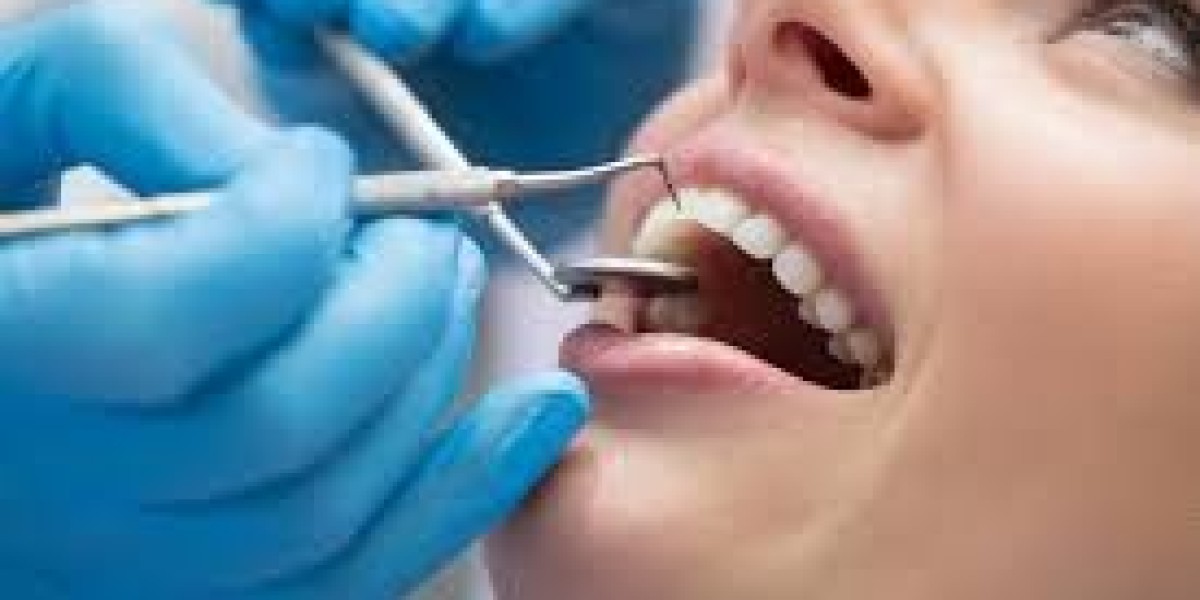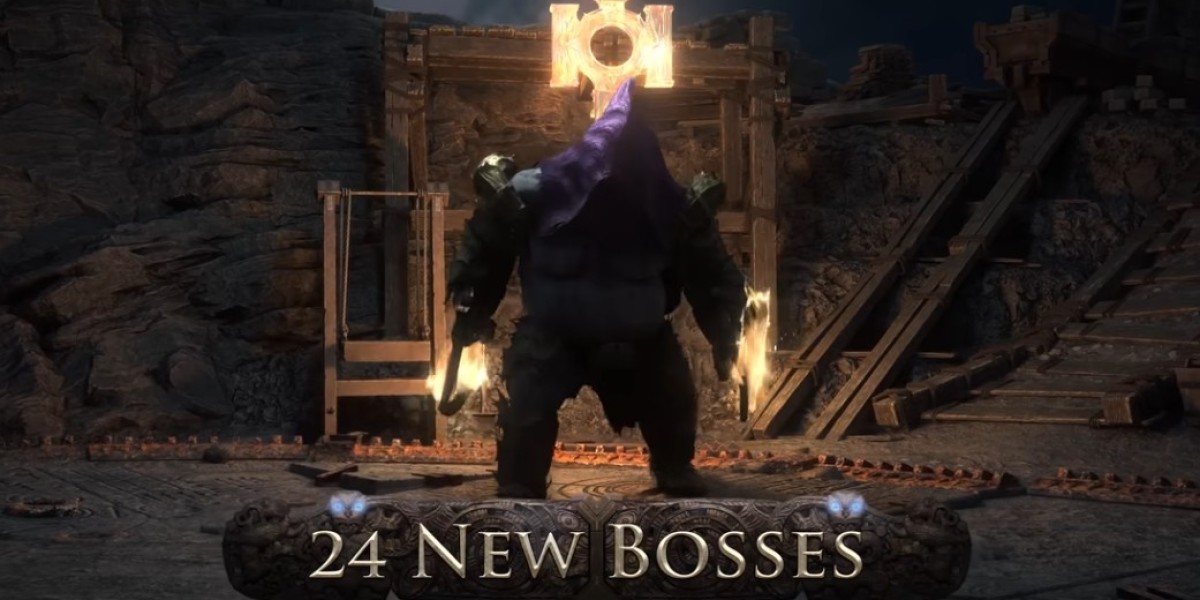What Is Maryland State Roadside Assistance?
Maryland State Roadside Assistance refers to services provided by the Maryland Department of Transportation (MDOT) and other approved roadside service providers to help drivers facing car trouble on state-managed roads. This includes interstates, highways, and select major routes.
The Coordinated Highways Action Response Team (CHART)—run by MDOT—is the primary state-run program offering free emergency roadside help. CHART aims to improve highway safety and reduce congestion by assisting stranded motorists and clearing accidents quickly.
Key Features of Maryland State Roadside Assistance
Here are the core services you can expect from Maryland’s roadside assistance programs:
1. Emergency Towing
If your car is disabled on a highway or freeway, CHART operators can tow your vehicle to a safer location, such as the next exit or a designated parking area.
2. Flat Tire Change
Trained staff can replace a flat tire with your spare if you're stuck on the roadside.
3. Jump Starts for Dead Batteries
Battery problems are a common cause of breakdowns. CHART and roadside service providers offer quick jump starts to get you back on the road.
4. Fuel Delivery
If you run out of gas, a small quantity of fuel can be provided so you can reach the nearest gas station.
5. Lockout Assistance
Accidentally locked your keys in the car? Roadside professionals may help unlock your vehicle or assist in contacting a locksmith.
6. Minor Mechanical Repairs
Some minor mechanical issues can be fixed on the spot—saving you the cost and hassle of towing.
Where Does Maryland Roadside Assistance Operate?
CHART roadside units and other roadside response teams operate along major highways, including:
I-95
I-695 (Baltimore Beltway)
I-70
I-270
I-495 (Capital Beltway)
US-50
MD-295 (Baltimore-Washington Parkway)
While CHART provides free emergency help, it is typically limited to state-maintained roads and highways. For local roads or off-highway incidents, private roadside providers like AAA, insurance-based services, or local towing companies should be contacted.
How to Request Maryland State Roadside Assistance
When you’re in a roadside emergency on a Maryland highway:
Step 1: Pull Over Safely
Move your vehicle to the shoulder, breakdown lane, or nearest emergency pull-off area. Turn on your hazard lights.
Step 2: Call for Help
Here are the best ways to request help:
Dial #77 from your mobile phone: This connects you directly to the Maryland State Police for highway emergencies.
Call 911 if there is immediate danger, a crash, or injuries.
Use Highway Emergency Call Boxes (in limited areas) if your phone isn't working.
Step 3: Wait Safely
Stay inside your vehicle with your seatbelt fastened. Keep your doors locked and windows up while waiting for assistance.
What Is the CHART Program?
The Coordinated Highways Action Response Team (CHART) is Maryland’s official traffic incident management service. It is operated by the Maryland Department of Transportation State Highway Administration (MDOT SHA).
CHART Highlights:
Operates 24/7 on high-volume Maryland roadways.
Focuses on incident management and traveler safety.
Includes a fleet of patrol vehicles equipped with lights, traffic cones, jacks, fuel cans, and other tools.
CHART Operators are not towing companies or mechanics but are trained responders who provide basic aid, remove debris, and improve traffic flow.
Private Roadside Assistance Options in Maryland
While CHART covers public highways, other roadside needs may require private services. Some reliable options include:
1. AAA Maryland
Offers towing, battery service, lockout service, fuel delivery.
Multiple membership tiers available.
24/7 service across Maryland.
2. Insurance Company Roadside Assistance
Many Maryland insurance policies include optional or built-in roadside coverage. Providers like GEICO, State Farm, Progressive, and Allstate offer:
Flat tire service
Lockout help
Emergency towing
Mechanical first aid
3. Credit Card Roadside Perks
Select credit cards (such as American Express or Chase) offer roadside dispatch services. Check your benefits for coverage options.
4. Local Towing & Recovery Services
Maryland is home to dozens of professional towing companies available around the clock. Some operate in areas not covered by CHART, including small towns and rural roads.
Roadside Assistance for Commercial Vehicles in Maryland
Heavy-duty trucks, trailers, and commercial vehicles traveling across Maryland can also access specialty roadside help. These services include:
Diesel delivery
Tire blowout service
Winch-outs
Trailer towing
Commercial vehicle recovery
Drivers in the logistics, freight, and construction industries often rely on fleet roadside assistance providers or contracted local towing partners.
Benefits of Roadside Assistance in Maryland
Whether provided by the state or a private company, roadside assistance in Maryland comes with significant advantages:
Safety: Keeps you out of dangerous traffic situations.
Convenience: Avoid waiting hours for a tow truck.
Time-saving: Reduces travel delays on congested routes.
Cost-effective: Free or low-cost services prevent major repair or towing bills.
Peace of Mind: Knowing help is available reduces stress when something goes wrong.
Tips to Stay Prepared on Maryland Roads
Here’s how to ensure you’re never left stranded:
Keep a Roadside Emergency Kit:
Include jumper cables, a flashlight, a tire inflator, reflective triangles, a first-aid kit, and bottled water.Save Emergency Numbers:
MDOT CHART: Use #77 on highways
911 for all emergencies
Your towing company or insurance provider
Check Your Vehicle Regularly:
Inspect tire pressure, battery life, fluid levels, and brake function before road trips.Sign Up for Roadside Assistance Plans:
Choose a provider based on your driving needs, travel frequency, and budget.Download Mobile Apps:
Many insurance companies and CHART offer real-time updates and GPS tracking for roadside help.
Maryland State Roadside Assistance vs. Private Assistance
| Feature | Maryland State (CHART) | Private Providers (e.g., AAA) |
|---|---|---|
| Cost | Free on highways | Varies (subscription or pay-per-use) |
| Coverage Area | Highways and major routes | All roads, cities, rural areas |
| Response Time | Fast on interstates | Varies by provider |
| Service Type | Basic assistance only | Full mechanical and towing services |
| Availability | 24/7 (CHART zones) | 24/7 nationwide |
Conclusion
Maryland State Roadside Assistance is a vital lifeline for drivers across the state, offering free and fast help on the busiest roadways. Whether you have a flat tire on I-95 or run out of fuel on the Baltimore Beltway, CHART and MDOT are ready to respond.
But don’t rely on state services alone—enhance your coverage with a trusted private roadside assistance plan to ensure you're protected no matter where your travels take you in Maryland.
Be proactive, stay safe, and keep the right numbers on hand. With the right preparation and roadside support, Maryland roads become a lot less stressful—and a lot more secure.
Frequently Asked Questions (FAQs)
Q1: Is Maryland State Roadside Assistance free?
Yes, CHART services provided on highways are free of charge and operated by MDOT SHA.
Q2: What number do I call for roadside help in Maryland?
Dial #77 on Maryland highways or 911 for emergencies.
Q3: Does Maryland provide roadside help on all roads?
No, CHART only assists on major state-maintained highways. For local streets or off-highway incidents, contact a private towing or insurance provider.
Q4: Can I get roadside help if I don’t have AAA or insurance?
Yes, CHART can help on highways. For other areas, you may need to pay out of pocket for a tow or other services.







